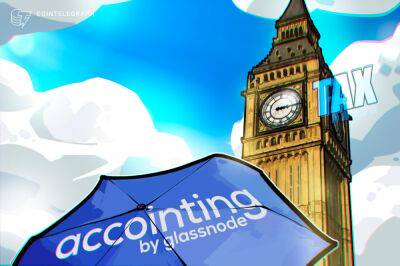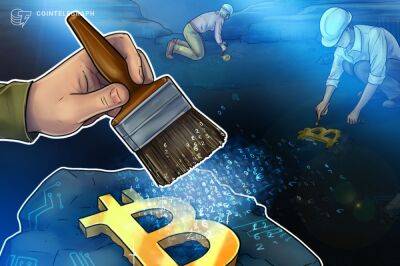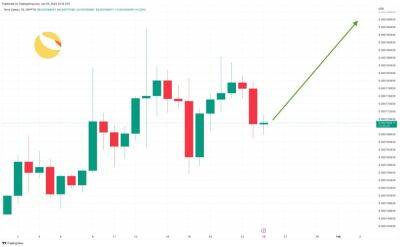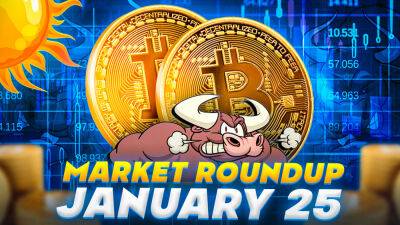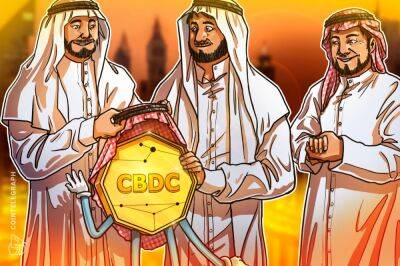An overview of the metaverse in 2022
Recognized as one of the most turbulent years for the cryptocurrency and blockchain industry, 2022 has still been vigorous for the metaverse. With over $120 billion invested in the first half of the year alone — according to a McKinsey report — the industry is anything but broken.
Some of the most significant partnerships to date were sealed throughout 2022, with even a few unexpected institutions — JP Morgan, for instance — embracing the Web3 revolution despite their proverbial distaste for the decentralization concept.
Here’s what you need to know about the influential developments, projects and events that shaped the metaverse in 2022.
The metaverse, first coined by Neal Stephenson in his 1992 sci-fi novel Snow Crash and described as a computer-generated universe accessible through highly specialized goggles, has developed into a multibillion-dollar industry that incorporates different concepts and technologies.
These underlying technologies include blockchain, artificial intelligence (AI), the Internet of Things, augmented reality (AR), virtual reality and space from gaming applications to real estate, fashion and interoperable collaborative tools.
All these ingredients are used together in the metaverse — in a centralized or decentralized manner — to create environments for rich user interaction among an unlimited number of users simulating the real world.
The gap between centralized and decentralized metaverse platforms has widened further in 2022, with The Sandbox and Decentraland holding strong dominance across blockchain-based marketplaces. On the other hand, Meta’s and Microsoft’s vision to build proprietary digital universes they control entirely accentuated the distance between the two digital cultures.
In its
Read more on cointelegraph.com



